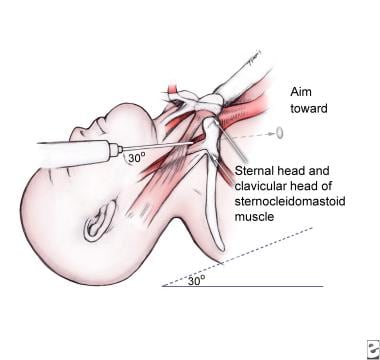Today, the first one journal is ACP hospitalist.
My plan is to pick out 5-10 things from each journal. So what is for today's?
1. guideline for management of empyema:
- community or health care associated pneumonia that not responding clinically to appropriate abx should prompt investigation of potential pleural effusion
- pleural us should be done routinely in addition to conventional X-RAY
- Pus positive gram stain or culture establishes the diagnosis of empyema, should be treated with tube thoracostomy followed by surgical intervention when appropriate
- pleural PH below 7.2 predicts a complicated clinical course, and tube thoracostomy should be done followed by surgical intervention when appropriate
- pleural effusion fluid culture specimen should be obtained. Freshly drained fluid should be inoculated into aerobic and anaerobic blood culture vials in addition to sterile containers for gram stain and culture.
Amino glycosides should be avoided in empyema.
2. compared to a 5-6 day stay, lengths of stay of 1 to 2 days or 9 to 14 days were associated with similarly increased risks of heart failure readmission.
3. POCUS
point of care ultrasound
4. diagnosing PE
clinical presentation: dyspnea or pleuric chest pain, it can occur suddenly or developed over several days or weeks, other features include tachycardia, tachypnea, and hemoptysis, indicators of a DVT.
syncope has been investigated as a presenting symptom of PE. of the patients who presented to ED with syncope and required hospitalization, 17.3% were found to have PE.
diagnosis, once PE is suspected, in the wells score, points are assigned to various elements of presentations: suspicious DVT, no alternative diagnosis, heart rate >100, immobilization for >3 days or surgery in the previous 4 weeks, hx of DVT or PE, hemoptysis, or malignancy. these criteria will separate patients into low, intermediate or high risk.
if patient has high risk, immediate imaging study is supposed to perform.
in patient with intermediate probability, d-dimer should be ordered. a positive d-dimer warrants imaging study.
for low risk patients, previous recommendation suggest d-dimer. More recently, additional scoring system called PERC rule was developed to rule out PE in low risk patients without d-dimer. PERC rule include 8 criteria: age<50, initial heart rate <100, initial oxygen saturation >94% on room air, no unilateral swelling, no hemoptysis, no surgery or trauma within 4 weeks, no hx of DVT, no estrogen use. if any of these criteria are positive, a d-dimer should be checked. if d-dimer negative, no further investigation. if positive, imaging should be completed.
recently, the YEARS clinical decision rule has been used as a new predictive model for PE that only utilize 3 items of the wells score( clinical sign of DVT, hemoptysis, and PE as the most likely diagnosis) in conjunction with d-dimer. if no YEARS items and d-dimer less than 1000ng/ml or one or more YEARS items and d-dimer less than 500g/ml, CT angio is not recommended.
determining severity: pulmonary embolism severity index (PESI), the simplified PESI (sPESI), and the Hestia criteria.
PESI: estimate a 30 days mortality risk, include variables: old age, male sex, cancer, heart failure, chronic lung disease, pulse >110, systolic BP <100, respiratory rate >30, temperature <36 C, altered mental status, and arterial oxygen saturation less than 90%. base on these variables, patient are separated into 5 risk categories: very low risk, low risk, class III intermediated risk, class IV high risk and class V very high risk. patients in class I and II may be safely treated as outpatients.
Hertia criteria were developed to identify patients who could be safely treated as outpatient.
conclusion: several predictive models, such as wells criteria and the YEARS, in conjunction with pt's clinical presentation, can guide a physician to the diagnosis of PE.
Once the diagnosis is made, clinical tools such as the PESI or Hersia criteria can help determine the severity and guide the ideal setting for treatment.
Case presentation: 59 year old female presented to ED with pleuritic chest pain, dyspnea, and syncope, worsening dyspnea over the past month and has been treated for asthma exacerbation. Meds include prednisone, cetirizine, fluticasone/salmeterol 2 puffs daily, nebulizer as needed and pantoprazole 40mg/day. PE pt is in no acute distress and was afebrile, with BP 109/76, HR 174 and RR 20, oxygen saturation of 91% on 15L/min, irregularly irregular heart rhythm, lung revealed no wheezing, no swelling in low extremities. ECG show A-Fib, admission lab show Hb 11.7, WBC 11.6, creatinine 1.5, troponin 0.1, BNP 124.
In this patient, wells criteria 1.5, in low risk group, not meet PERC(age, heart rate, oxygen saturation), d-dimer 20g/ml, CT angio demonstrated large PE with large clot burden distending the right main pulmonary artery and extending into the upper and lower branches and a saddle embolism.
Her presentation warrant admission and her PESI score was 110, placing in high risk category.









